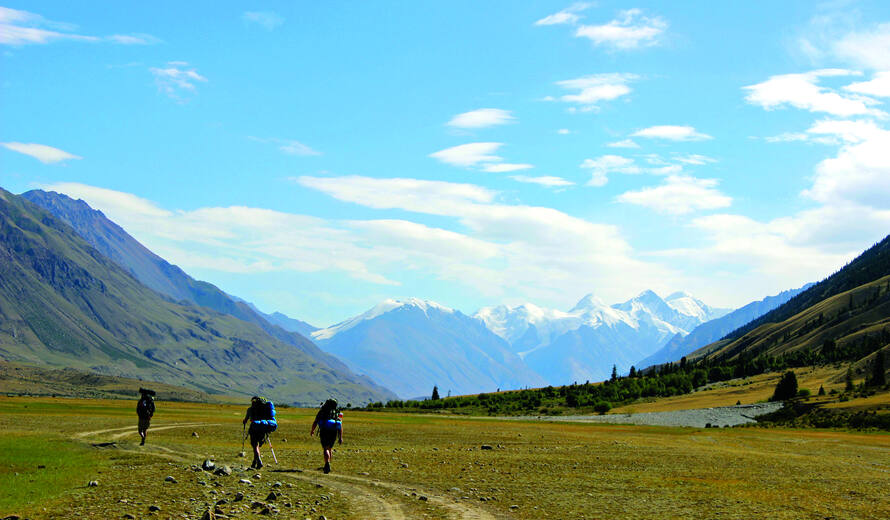Director of World Heritage Centre’s message on World Tourism Day 2016
With almost 1.2 billion people travelling abroad each year, tourism has become a powerful economic sector, a passport to prosperity, dialogue and peace, and a transformative force improving millions of lives.
Tourism and World Heritage are natural partners. Almost all World Heritage sites are or become tourist destinations-some are among the most iconic places on Earth. The key objective of the World Heritage Convention is to protect sites of Outstanding Universal Value for future generations. If managed sustainably, tourism at World Heritage sites can provide considerable benefits for national economies as well as for the sites and their local communities.
This year the theme of the World Tourism Day is 'Tourism for all – promoting universal accessibility'
As the UN Secretary General Mr. Ban Ki-moon has pointed out in his message, “Accessibility is both an important market opportunity and central to responsible and sustainable tourism policies and business development strategies. “
In our most recent report “World Heritage and Tourism in a Changing Climate” co-published by UNESCO, UNEP and the Union of Concerned Scientists, a number of negative impacts are pointed out associated with uncontrolled or unplanned tourism development, including visitor management challenges, cultural disruption and poorly planned infrastructure. Tourists themselves can also have a direct impact on sites.
The report also demonstrates that climate change is likely to exacerbate existing stress and bring direct impacts of its own. The need to act is both urgent and clear. We believe that World Heritage and tourism stakeholders share responsibilities for conservation of our common cultural and natural heritage of Outstanding Universal Value and for sustainable development through appropriate tourism management. We must expand our networks and partnerships with local communities and businesses and to encourage the tourism industry to join in the vital task to ensure the resilience of World Heritage properties over the long term for generations to come.
